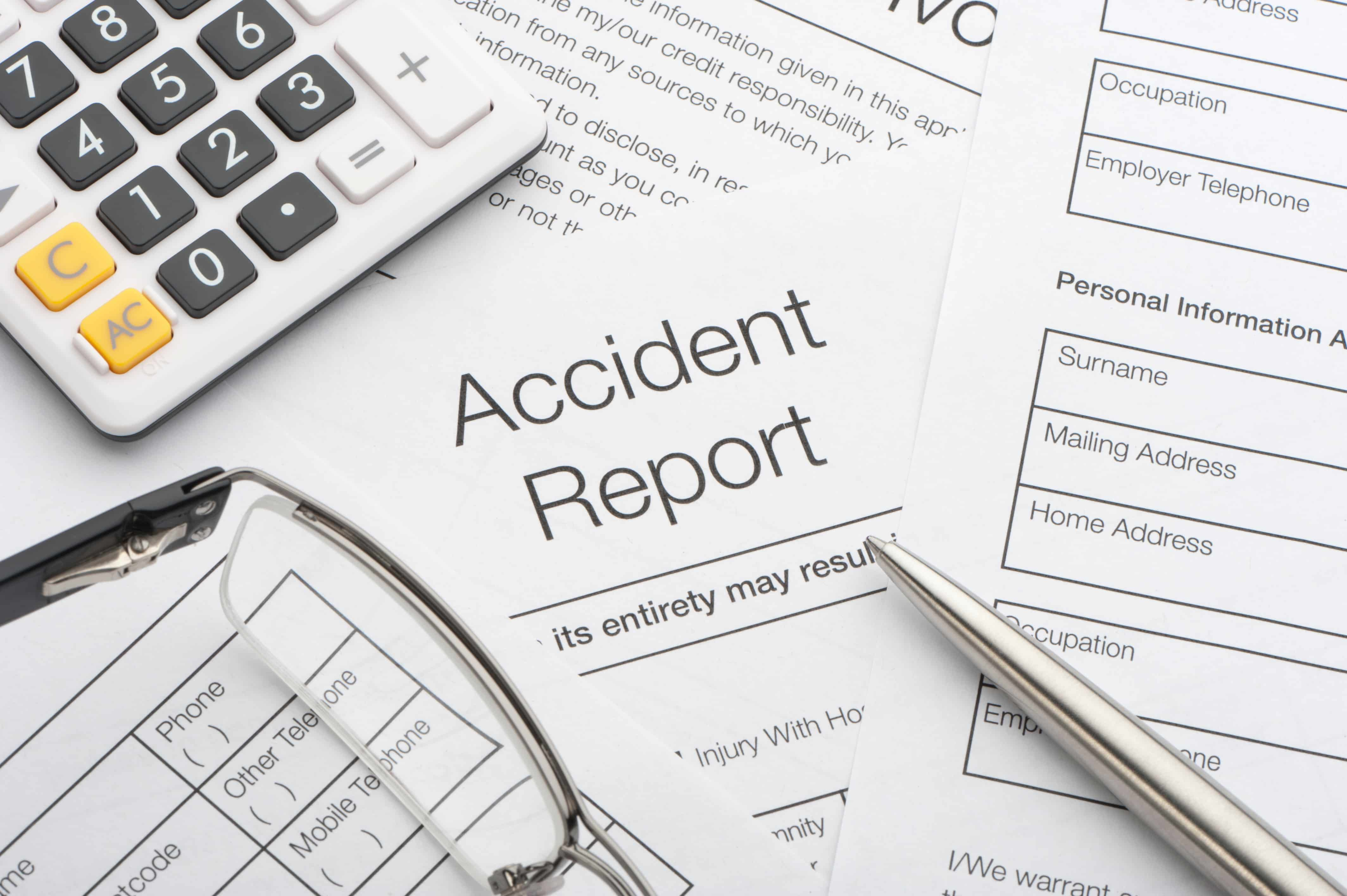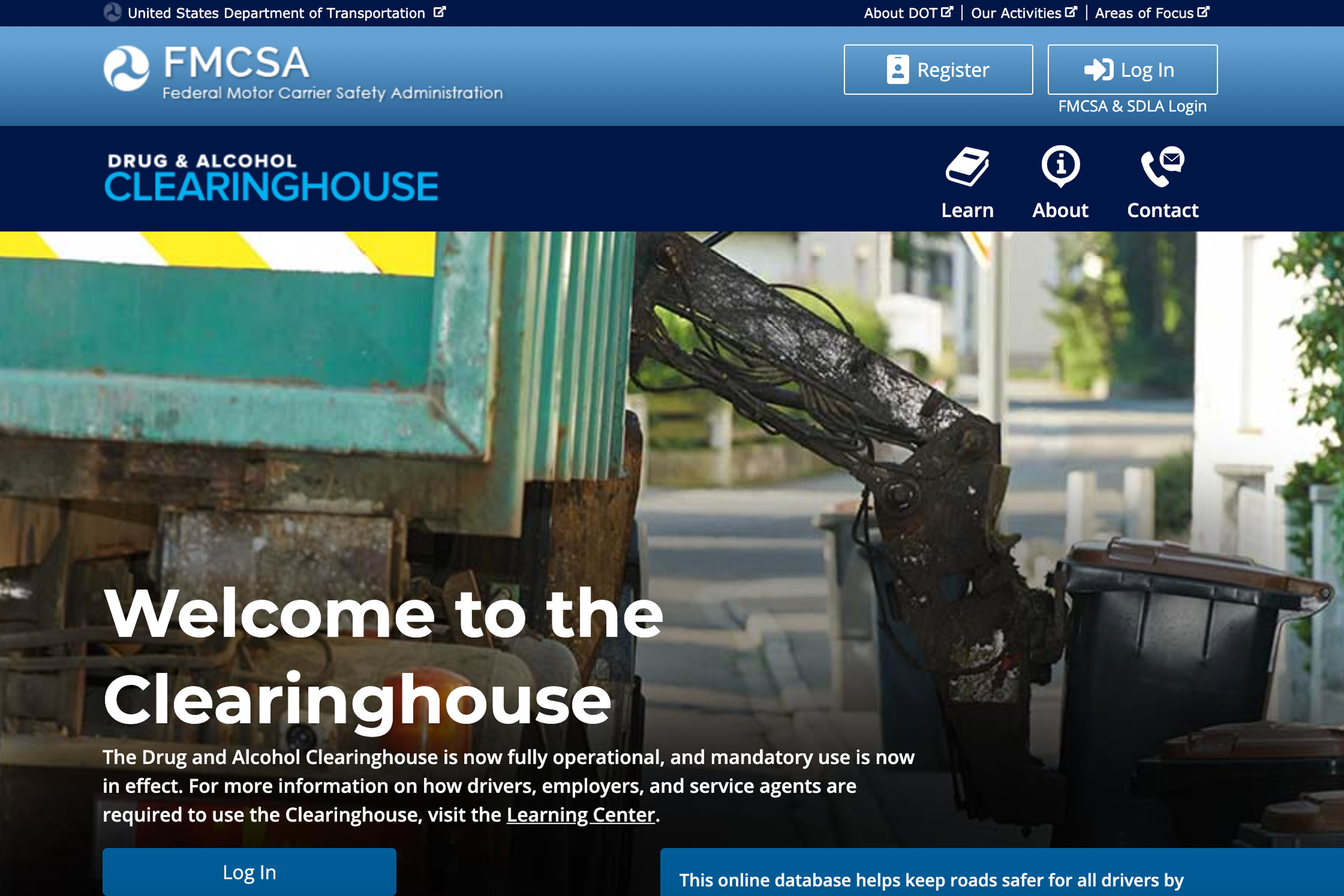Are You Ready? The Time Is Now – ELD Training Begins at the Top

As part of managing the change, you will need to implement an extensive training program for drivers, supervisors, and support staff. Train your driver champions early so you will be able to engage them in mentoring other drivers. This is meant to be a summary of information contained in the rule. Be sure to review the rule and seek any legal advice from counsel. This material contains suggestions, and companies should find an approach that fits their unique operations best. Driver training during this phase will need to include:
- Using the electronic logs during normal operation (logging in, logging out, changing non-driving statuses, entering shipping document numbers and other information, certifying and submitting completed records, using the interface to display available hours, etc.)
- Setting up the device and presenting all of the required information at a roadside inspection
- Making or requesting a correction
- Establishing procedures to follow when an electronic logging device (ELD) fails
- Protecting drivers from harassment and coercion and filing a complaint
- Submitting supporting documents
Do not underestimate the amount of training and coaching the drivers will need. In many cases, you may be working with individuals who have never owned a cell phone (or only owned simple cell phones), teaching them how to use a complicated hours-of-service interface on a complicated smart device.
Another consideration is the timing of the training - who will be trained and when. If the timeline you have established involves some drivers using the system for several months before other drivers are switched over, you may want to start by training only the drivers that are initially switched over.
Supervisors will need training as well. Supervisors should be trained on the following items that are specific to ELDs and hours-of-service compliance:
- The specifics of hours-of-service compliance as they relate to the electronic logging system being implemented
- How and when to make corrections
- How to locate a driver’s available hours in the system
- How to use the system information when assigning work to drivers
- How to deal with unassigned miles – determining whom the miles should belong to and assigning the miles
- A clear understanding of what constitutes harassment or coercion of drivers along with the consequences for harassment and coercion
Both supervisors and drivers may need training on additional requirements related to using an ELD. The back office personnel who will be working with the system but not directly supervising the drivers will need to be trained on the use of the system, including how to read and understand the data, run reports, generate alerts, share information, and take actions based on the data and reports. Your maintenance staff will likely be installing, troubleshooting, and replacing the ELDs. Therefore, they will also need training on this equipment.
Do not believe the myth that drivers are the only ones who need to be trained. The ELD Mandate will affect your entire operation. The more training provided, the better prepared your company will be moving forward.
The information in this article is provided as a courtesy of Great West Casualty Company and is part of the Value-Driven® Company program. Value-Driven Company was created to help educate and inform insureds so they can make better decisions, build a culture that values safety, and manage risk more effectively. To see what additional resources Great West Casualty Company can provide for its insureds, please contact your Safety Representative, or click below to find an agent.
© Copyright Great West Casualty Company 2017. The material in this publication is the property of Great West Casualty Company unless otherwise noted and may not be reproduced without its written consent by any person other than a current insured of Great West Casualty Company for business purposes. Insured should attribute use as follows: “Used with permission by Great West Casualty Company.”
This material is intended to be a broad overview of the subject matter and is provided for informational purposes only. Great West Casualty Company does not provide legal advice to its insureds, nor does it advise insureds on employment-related issues. Therefore, the subject matter is not intended to serve as legal or employment advice for any issue(s) that may arise in the operations of its insureds. Legal advice should always be sought from the insured’s legal counsel. Great West Casualty Company shall have neither liability nor responsibility to any person or entity with respect to any loss, action, or inaction alleged to be caused directly or indirectly as a result of the information contained herein.




